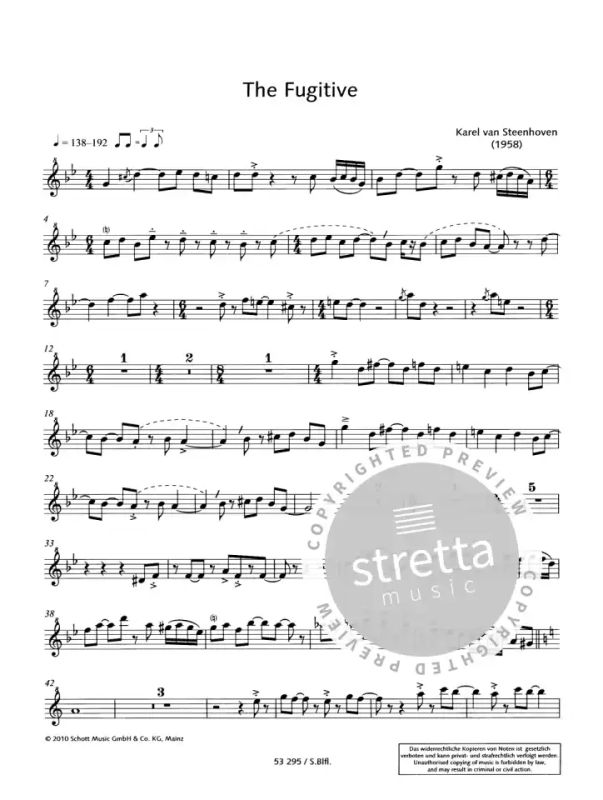

Press Create Part and a new tab is added to the main MuseScore window containing your newly created part.In the left pane, click to select a part that you want to create and view.From the main menu, choose File → Parts.
QUARTET EXPERT PAGES THEME FULL
You can create your parts at any time to see how they look, but it is only necessary to do it after you have finished the full score and want to print out the individual parts: So, any instrument that you want to print out a separate part for also needs to have its own staff in the full score. In the current version of MuseScore, it is not possible to split a single staff (that contains two or more voices) into separate parts. You do not need to do this again, unless you add or remove an instrument from your full score. You have now finished defining the parts. Once you done, press Close to dismiss the Parts window.Repeat steps two through four (above) for each part as needed.MuseScore allows you to mark as many instruments per part as you need. Usually, you only want one instrument per part, but sometimes you might need a part that includes more than one instrument (such as multiple percussion staves). Pick the instrument that you want to appear in your part by marking the relevant box in the right-hand pane.In the right pane, type the words you want to use for the "File Name" and "Part Title"įile Name The initial name used when you save the part on your computer (required) Part Title The text printed on the first page of your part, top left corner (optional).In the Parts window click New to create a "part definition".The following instructions use a string quartet as an example, but the same principles apply for any other ensemble. You only need to define the parts once for each score, but you can make changes if needed. You can define the parts at any point after creating a new score. Specifying which instruments are included in each part ("Defining the parts").In the current version of MuseScore, the process of extracting parts from a full score involves two main steps: The performance of the String Quartet offered here is a recording made during a set of live performances by the Juilliard String Quartet given at the Elizabeth Sprague Coolidge Auditorium of the Library of Congress on October 11 and 12, 1984, in a concert presented by the Gertrude Clarke Whittall Foundation in the Library of Congress.If you have written a full ensemble score, MuseScore can create sheet music that shows only the individual part for each musician in the ensemble.
QUARTET EXPERT PAGES THEME FREE
While all of the melodic material, the harmonies, and the figuration have been generated by the "row," the use of the "row" technique is fairly free and the work as a whole is frankly tonal, C being the prevailing tonality. This is the first work in which I have employed the twelve-tone technique with some consistency. In the second movement, the outer sections are slow and the middle section more agitated. The first movement's fast exposition and recapitulation are separated by a quieter contrasting middle section. The work is approximately nineteen minutes in duration and consists of two movements ( Allegro risoluto and Lento) each of which is essentially tripartite in form.

and subsequently received its first public performance by the same group at a League of Composers concert at the Museum of Modern Art in New York City, February 1953. It was first performed in December 1952 by the Juilliard String Quartet at Brandeis University, Waltham, Mass. My String Quartet, commissioned by the Koussevitzky Music Foundation, was completed in the spring of 1952. Fine's own note on the string quartet, written for the 1954 recording by the Juilliard Quartet (Columbia ML 4843), is more "amiable": To this end he set himself the task of writing a twelve-tone string quartet (1952) which turned out to be an impressive work, perhaps his best to date." So Arthur Berger wrote in his article "Stravinsky and the Younger American Composers" ( The Score, no. "A few years ago it occurred to Fine that amiability was becoming too steady a diet with him and that some relief was in order.


 0 kommentar(er)
0 kommentar(er)
